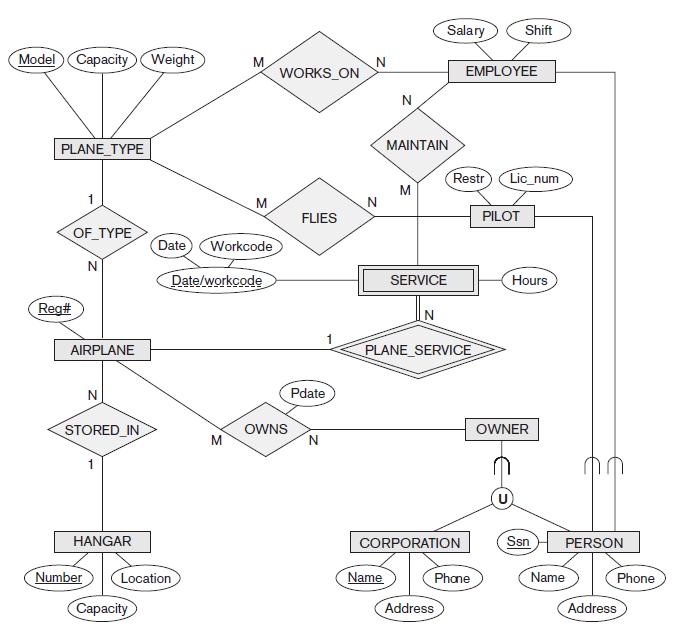Figure 4.12 shows an example of an EER diagram for a small-private-airport database; the database is used
Question:
Figure 4.12 shows an example of an EER diagram for a small-private-airport database; the database is used to keep track of airplanes, their owners, airport employees, and pilots.
From the requirements for this database, the following information was collected: Each AIRPLANE has a registration number [Reg#], is of a particular plane type [OF_TYPE], and is stored in a particular hangar [STORED_IN]. Each PLANE_TYPE has a model number [Model], a capacity [Capacity], and a weight [Weight]. Each HANGAR has a number [Number], a capacity [Capacity], and a location [Location]. The database also keeps track of the OWNERs of each plane [OWNS] and the EMPLOYEEs who have maintained the plane [MAINTAIN]. Each relationship instance in OWNS relates an AIRPLANE to an OWNER and includes the purchase date [Pdate]. Each relationship instance in MAINTAIN relates an EMPLOYEE to a service record [SERVICE]. Each plane undergoes service many times; hence, it is related by [PLANE_SERVICE] to a number of SERVICE records.
A SERVICE record includes as attributes the date of maintenance [Date], the number of hours spent on the work [Hours], and the type of work done [Work_code]. We use a weak entity type [SERVICE] to represent airplane service, because the airplane registration number is used to identify a service record. An OWNER is either a person or a corporation. Hence, we use a union type (category) [OWNER] that is a subset of the union of corporation [CORPORATION] and person [PERSON] entity types. Both pilots [PILOT] and employees [EMPLOYEE] are subclasses of PERSON. Each PILOT has specific attributes license number [Lic_num] and restrictions [Restr]; each EMPLOYEE has specific attributes salary [Salary] and shift worked [Shift]. All PERSON entities in the database have data kept on their Social Security number [Ssn], name [Name], address [Address], and telephone number [Phone]. For CORPORATION entities, the data kept includes name [Name], address [Address], and telephone number [Phone]. The database also keeps track of the types of planes each pilot is authorized to fly [FLIES] and the types of planes each employee can do maintenance work on [WORKS_ON]. Show how the SMALL_AIRPORT EER schema in Figure 4.12 may be represented in UML notation.
Figure 4.12

Step by Step Answer:

Fundamentals Of Database Systems
ISBN: 9780133970777
7th Edition
Authors: Ramez Elmasri, Shamkant Navathe





